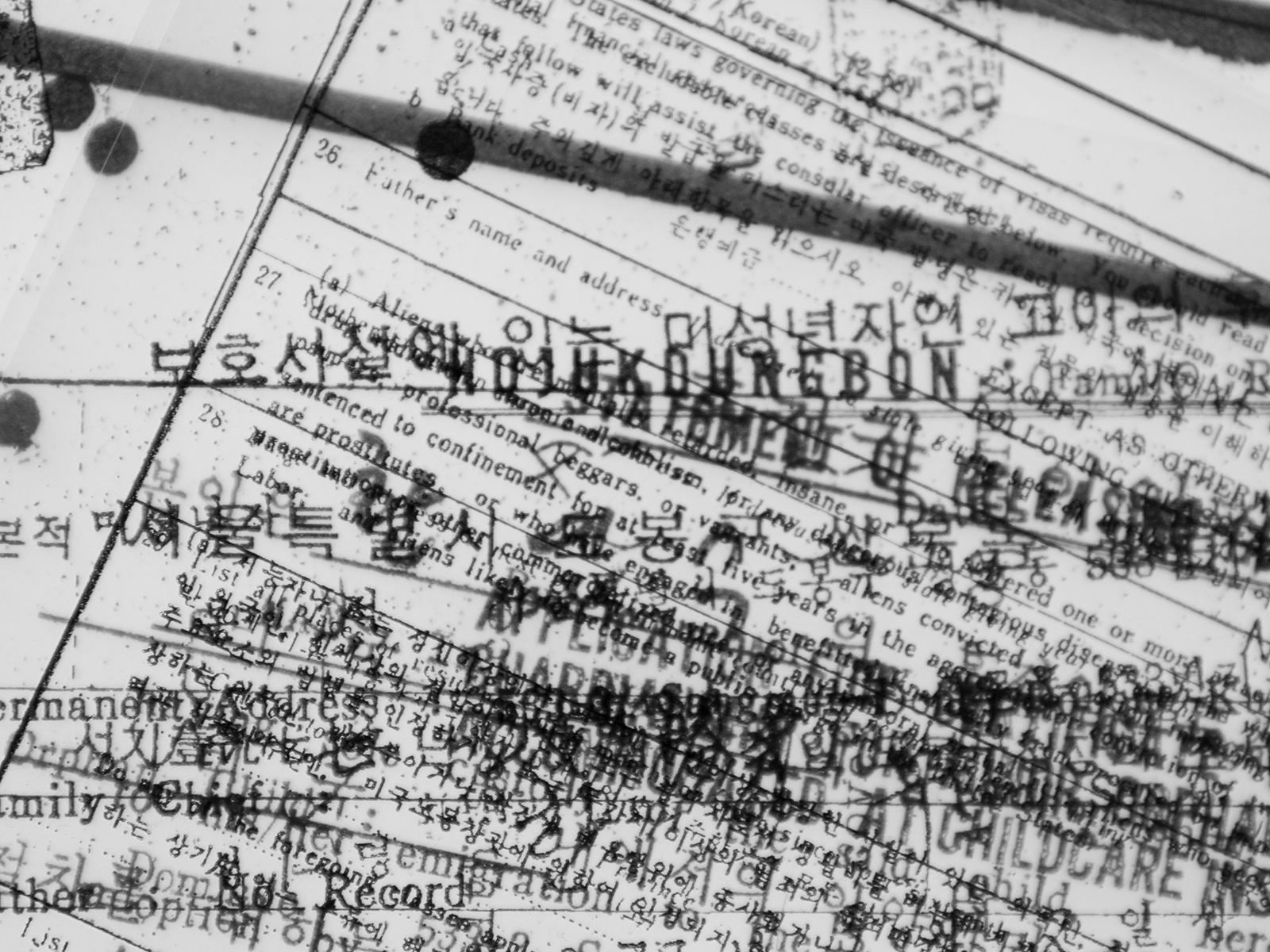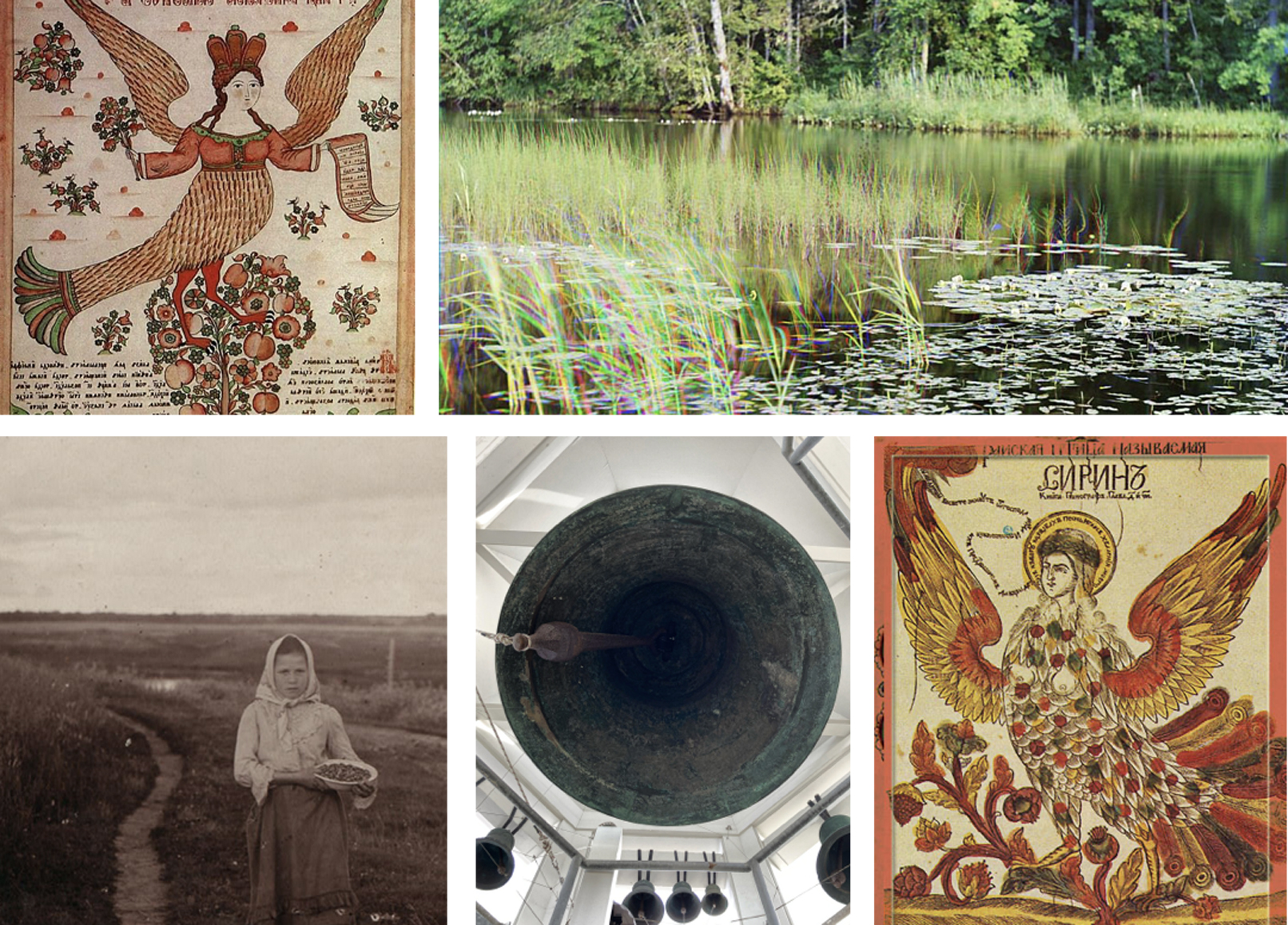On nights when the moon hung big and low in the sky, we thought if we swam out far enough, we might be able to touch it. This piece is about that feeling: space and time stretch on in ways we don’t expect. They extend forever, until they collapse.
In the Touch the Moon score, musical time comes in two formats: boxed and unboxed. Boxed time is liquid, stretchy, free-flowing. In boxed sections, the ensemble operates as one large texture. Unboxed time, on the other hand, trods forward, often propelled by 16th note figures in the harp and marimba, which are decorated by the winds and strings.
This piece, like all of our pieces, started as a duo guitar improvisation before growing into what you’ll hear today. Thank you so much to our mentor Anthony Cheung for his endless support, to Ensemble Dal Niente for bringing our notes to life, and to all of you for listening!
Lulu West (she/her) is a sound and performance artist based in NYC. Currently she is focused on an audiovisual project that explores how trans and gender non-conforming artists situate their work in rural areas of the mountain west (where she is from). She also has a electro-acoustic vocal and electric bass/prepared guitar solo practice merging folk and pop songs with free improvisation. Lulu’s main collaborative projects at the moment consist of a folk/classical guitar duo project entitled Polsky West with collaborator Maya Polsky, a noise rock trio called Duchess, a movement and theater based practice with movement artist Mack Lawrence, and a free-improv trio with fellow sound artists astrid hubbard-flynn and Deven Carmichael.
Lulu’s contemporary compositional works have been performed by ensembles and individuals such as, The New York Philharmonic Orchestra, Yo-Yo Ma, The Akropolis Reed Quintet, Kinan Azmeh, Quartetto Indaco, The Playground Ensemble, Russell Greenberg, The Neave Trio and others.
Very importantly, Lulu’s main mentors and teachers in her sound related endeavors have been Meredith Monk, Wendy Eisenberg, Jon Deak, Anthony Cheung, Lu Wang, Erik DeLuca, Kristina Warren, Conrad Kehn and Eric Nathan.
Lots of love from Lulu!
Inspired by listening to classic rock on long car rides, Maya Polsky picked up the guitar at five and quickly fell in love with the instrument. In high school, she studied jazz at Manhattan School of Music and went on to have her musicianship recognized by organizations including YoungArts, the Grammy Foundation, and Jazz at Lincoln Center. At Brown, Maya scored numerous films, performed in bands, and produced and engineered recording projects. With collaborator Lulu West, Maya writes and plays a blend of folk and classical music under Polsky West; last spring, the two premiered Play Space, a collection for duo guitars and chamber ensembles. Maya’s undergraduate work culminated in Mile of String, a thesis album of original songs that merged her jazz guitar training with more modern songwriting and production techniques. Since graduating in December, Maya has moved back to New York where she works as a producer, composer, and session guitarist.




